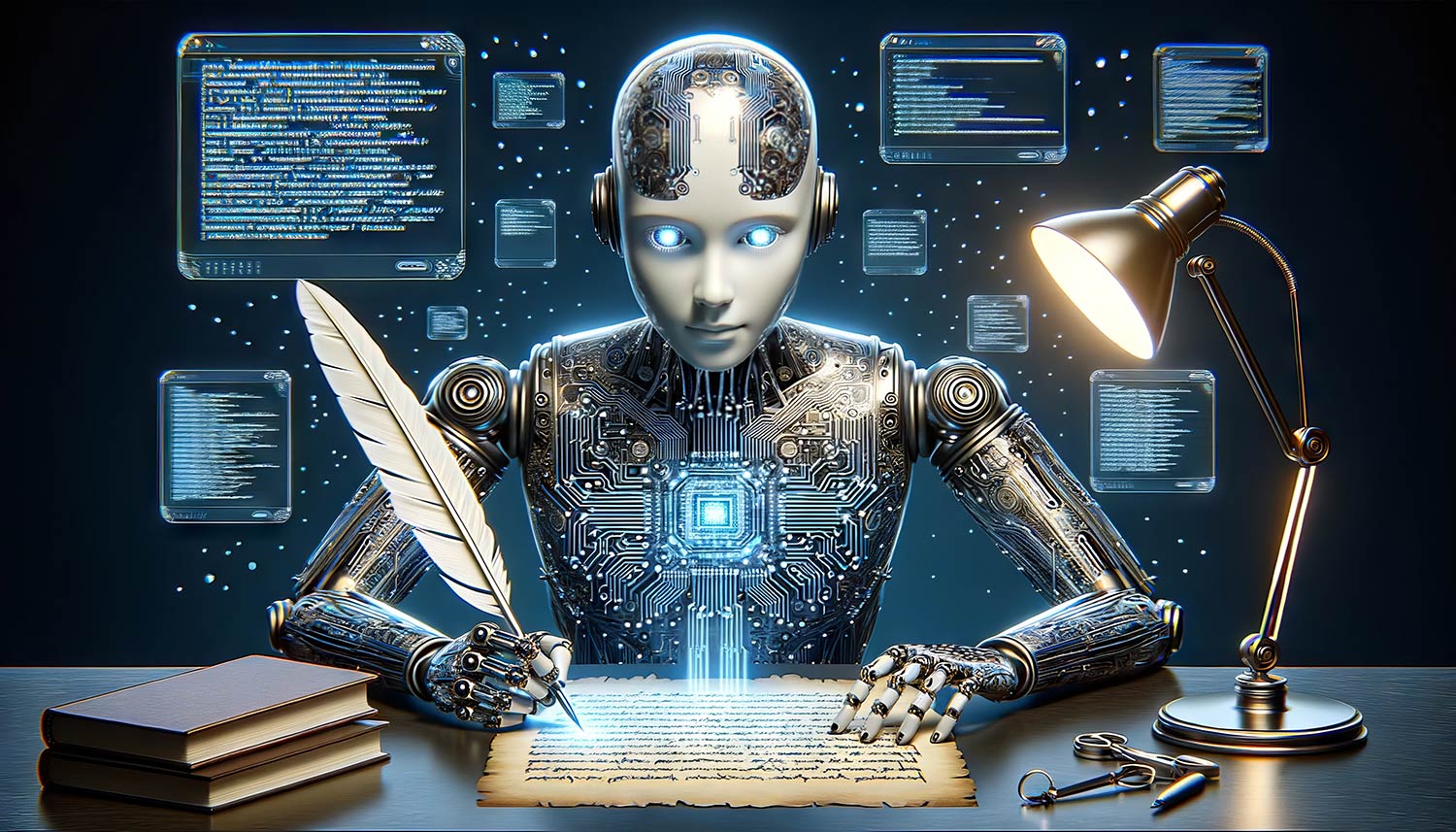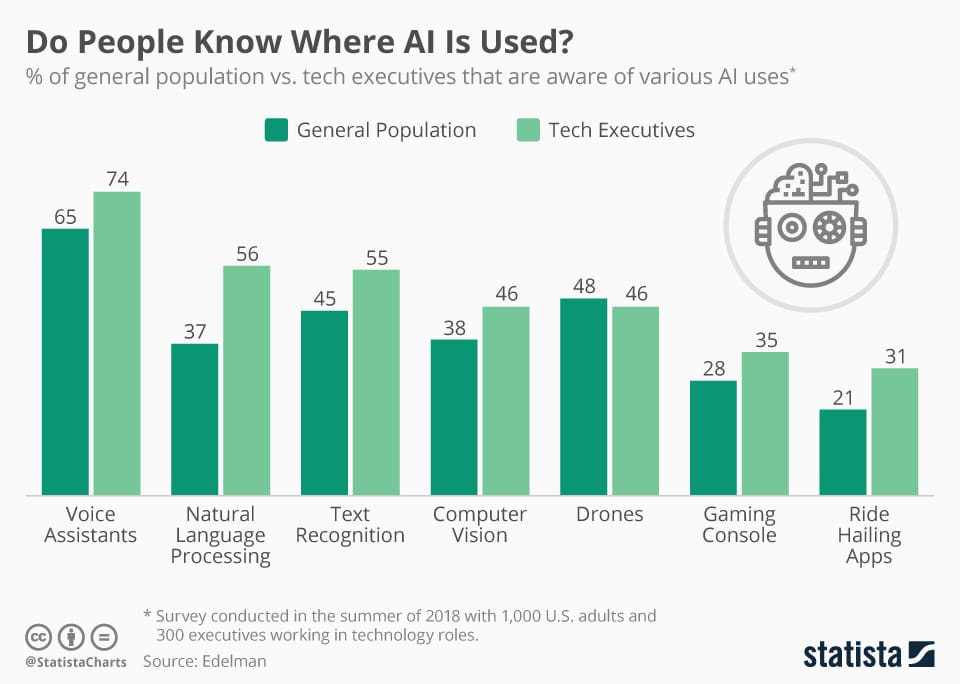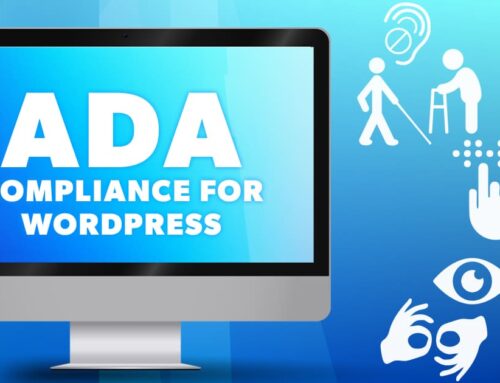Effective Strategies to Curb AI Creativity

Effective Strategies to Curb AI Creativity: Artificial intelligence (AI) has transformed various industries, including the creative sector, by offering numerous advantages, such as automation and enhanced efficiency. However, these advancements can sometimes impede the creative process, leading to concerns about AI overshadowing human ingenuity.
This guide delves into effective strategies to curb AI creativity, aiming to strike a balance between AI algorithms and human creativity. By implementing these strategies, individuals and businesses can harness the power of AI while preserving the unique and irreplaceable aspects of human creativity.
Understanding the Role of AI in Creativity
AI Tools and Technologies
AI tools and technologies have become integral to various creative fields, leveraging algorithms to generate content, design graphics, and compose music. These advancements have significantly enhanced efficiency and innovation within the creative industry. However, without appropriate limitations, generative AI can overshadow human creativity, leading to a homogenization of artistic output.
It’s essential to establish proper guardrails to ensure that AI complements rather than replaces human ingenuity. Balancing AI capabilities with human creativity can result in a more harmonious and dynamic creative process, where both elements enhance each other.
Implementing Effective Guardrails
To curb AI creativity effectively, it is essential to establish guardrails that guide the use of AI without stifling innovation.
1. Keyword Filtering
Keyword filtering helps manage the content generated by AI tools. By setting specific keywords that AI must avoid or focus on, you can steer the creative output in the desired direction.
- Benefits:
- Ensures relevance to the target audience
- Reduces the risk of inappropriate or off-brand content
2. Prompt Engineering
Prompt engineering involves crafting precise and detailed prompts for AI tools. This technique helps in shaping the AI-generated content to meet specific requirements.
- Examples:
- Providing context-specific prompts
- Defining clear objectives for the AI to follow
Balancing AI and Human Creativity
Enhancing the Creative Process
The integration of AI in the creative process should enhance, not replace, human creativity. By understanding the strengths and limitations of AI technologies, you can create a harmonious workflow.
- Collaboration:
- Use AI as a supportive tool rather than a primary creator
- Encourage human oversight and intervention in the AI-driven creative process
Maintaining Originality
Maintaining originality is crucial in creative industries. AI-generated content can sometimes lack the unique touch that human creativity brings. Implementing strategies to preserve originality ensures that the final output stands out.
- Strategies:
- Regularly review and refine AI-generated content
- Incorporate human feedback and edits
AI Algorithms and Ethical Considerations
Addressing Ethical Concerns
AI technologies come with ethical considerations that need to be addressed to ensure responsible use.
- Transparency:
- Ensure transparency in AI operations
- Clearly communicate the role of AI in the creative process to the audience
Mitigating Bias
AI algorithms can sometimes reflect biases present in the data they are trained on. It is important to identify and mitigate these biases to produce fair and unbiased creative content.
- Steps to Mitigate Bias:
- Use diverse and representative datasets
- Continuously monitor and adjust AI algorithms
The Future of AI and Human Creativity
The future of AI and human creativity lies in their symbiotic relationship. By leveraging the strengths of both, we can achieve unprecedented levels of innovation and originality.
Embracing AI as a Collaborative Partner
Embrace AI as a collaborative partner in the creative process. This approach fosters a dynamic environment where AI and human creativity complement each other.
- Collaborative Techniques:
- Use AI to generate initial ideas and concepts
- Refine and enhance these ideas through human creativity
Continuous Learning and Adaptation
As AI technologies evolve, continuous learning and adaptation are key to maintaining a balanced creative process.
- Ongoing Education:
- Stay updated with the latest advancements in AI technologies
- Regularly train and upskill creative teams to work effectively with AI
Conclusion
Curbing AI creativity requires a thoughtful and strategic approach. By implementing effective guardrails, balancing AI and human creativity, and addressing ethical considerations, we can harness the full potential of AI while preserving the unique touch of human ingenuity. At Ad House Advertising, we are committed to integrating AI technologies responsibly to enhance our creative processes and deliver exceptional results for our clients.
Frequently Asked Questions
Q: How can AI tools enhance my creative process?
A: AI tools can provide initial ideas, streamline repetitive tasks, and enhance overall efficiency, allowing you to focus more on the creative aspects.
Q: What are the ethical considerations when using AI in creativity?
A: Ethical considerations include transparency, bias mitigation, and ensuring responsible use of AI technologies to produce fair and unbiased content.
Q: How can I maintain originality while using AI?
A: Regularly review AI-generated content, incorporate human feedback, and ensure that AI is used as a supportive tool rather than the primary creator.
At Ad House Advertising, we strive to stay at the forefront of AI technologies while upholding the value of human creativity. Contact us today to learn more about how we can help you integrate AI into your creative processes responsibly and effectively.




